
A meteorite found in Antarctica provides clues of a previously life-friendly environment on Mars. Perhaps even proof of life itself once existing on the red planet. The meteorite has been analyzed by NASA researchers at the Hawaii NASA Astrobiology Institute (UHNAI), an analysis that resulted in a study published last week in PLOS One.
The study shows that the meteorite indicates clay and high concentrations of boron in its oxidized form, Borate. This is a substance that believed to play a critical role information of RNA – which is indeed an important building block for all life as we know it.
RNA is an informational precursor to DNA and was critical for the ability to store and passing on information between generations. It was thereby critical for the evolution of life as we know it.
But for early RNA to be created, the RNA sugar component Ribose first needed to be constructed and to form this ribose, borate is essential in the process.
The meteorite was found in 2009 and since scientists today have a very clear understanding of the mineral composition of meteorites to accurately determine their origin; this meteorite was almost certainly from Mars.
A meteorite containing this high amount of clay deposits are unique to be found beyond Earth and has never previously been found on any extraterrestrial body.
To find clay on an extraterrestrial body is significant since it implies that Mars once had the prerequisite for life to form.
_______________
Scientists discover Martian clay contains element critical for life/
______________________________


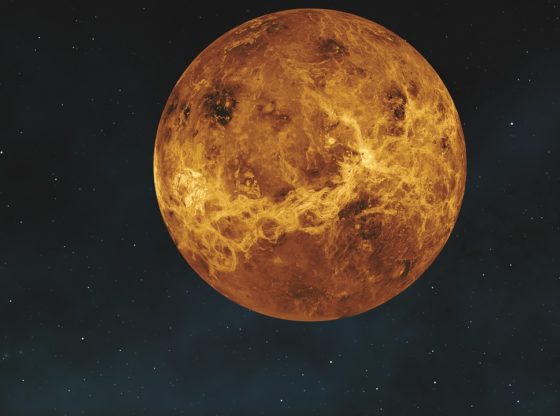
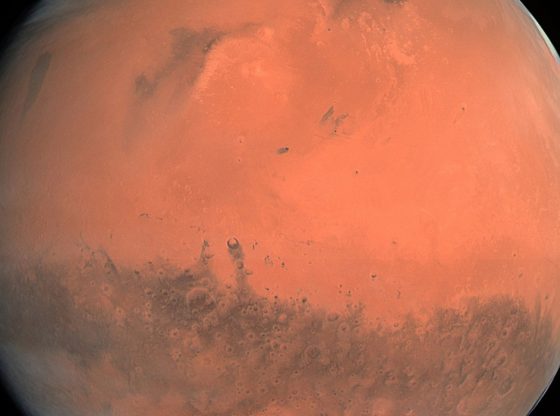
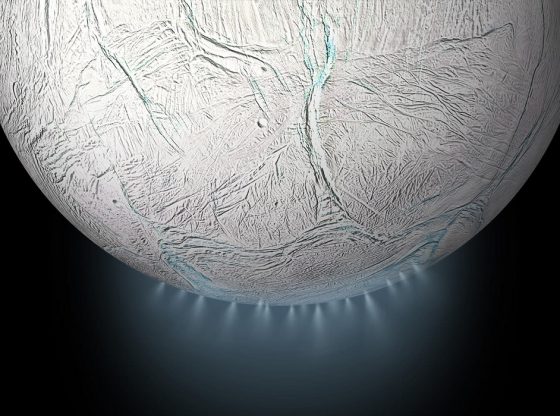
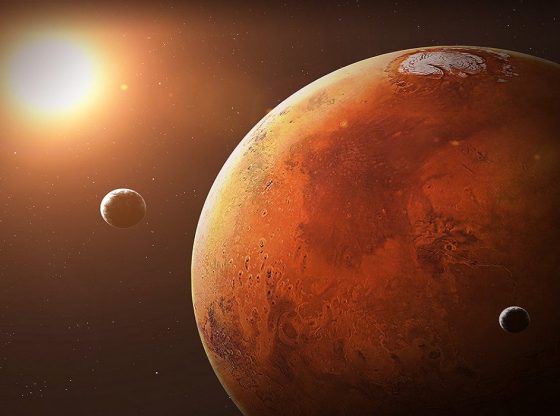
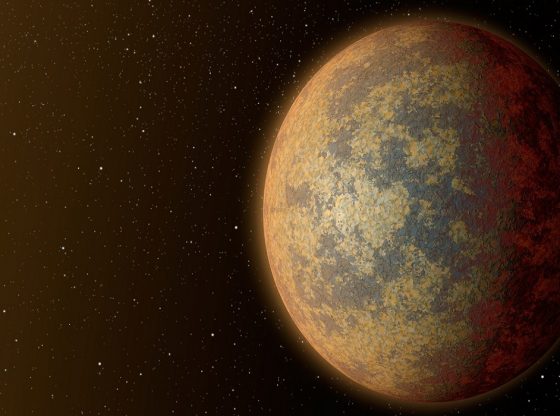




![OpenAI. (2025). ChatGPT [Large language model]. https://chatgpt.com](https://www.illustratedcuriosity.com/files/media/55136/b1b0b614-5b72-486c-901d-ff244549d67a-350x260.webp)
![OpenAI. (2025). ChatGPT [Large language model]. https://chatgpt.com](https://www.illustratedcuriosity.com/files/media/55124/79bc18fa-f616-4951-856f-cc724ad5d497-350x260.webp)
![OpenAI. (2025). ChatGPT [Large language model]. https://chatgpt.com](https://www.illustratedcuriosity.com/files/media/55099/2638a982-b4de-4913-8a1c-1479df352bf3-350x260.webp)








